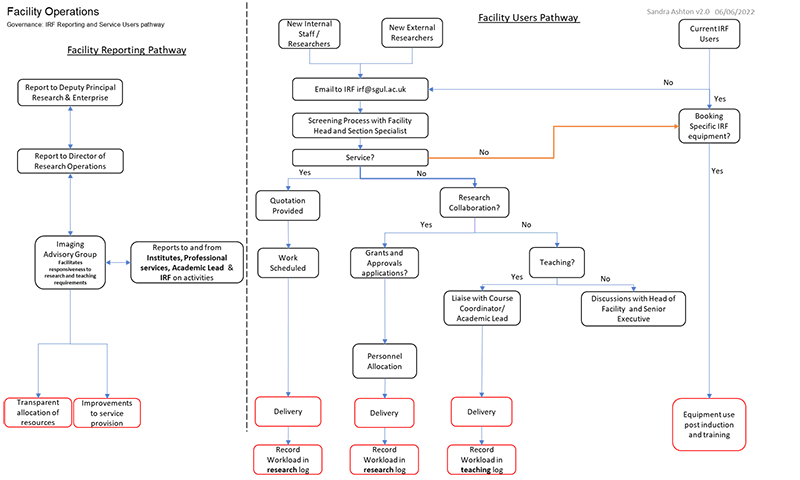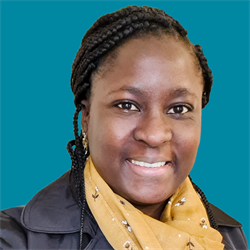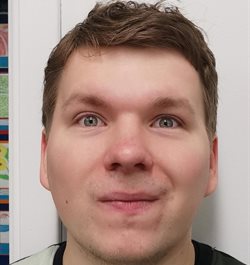Imaging requirements are met within the Image Resource Facility (IRF). We are located in the basement of Jenner Wing, Corridor 3A – card access is required and researchers should contact the IRF team at irf@sgul.ac.uk .
Researchers can use the facility for access to the following technologies:
The facility is staffed by specialist technical staff who are available for advice and support before, during and after use of equipment. The facility operates in two ways; as an equipment provider and also as a service provider. Researchers can be given training at no cost to use all available equipment, alternatively, researchers can request service that will be provided by the relevant section specialist. All users of the facility are asked to approach the facility according to the pathways available as shown in Fig.1. Additionally, as a facility we encourage researchers to engage with us to collaborate on research projects, our staff have research knowledge and know-how that can add value to studies and enrich the IRF portfolio. Contact the facility as described below, from there, preliminary discussions can be taken forward.

View all Close all
Sandra Ashton – Head of Image Resource Facility

As Head of the Image Resource Facility, St George's University my role is to create a supportive environment for our research and teaching staff to access specialist technical support in the areas of Light Microscopy, Flow Cytometry, and Histology / Histochemistry. The facility is a multi-discipline unit that provides service support as well as allowing users to access equipment, training and resources to develop technical skills and progress research projects We were established in partnership with Nikon and use their technologies in which we are supported.
With the Image Resource Facility we have the opportunity to work in-line with the strategic and operational goals of the university; to focus on supporting our community, growing research, strengthening links with St George's Trust and fostering a shared ethos of research-intensive education with our teaching and research institutes.
Imaging Manager - Dr Alice Eseola

Nikita Demchenko – Cell Biology Manager

Dr Ariel Poliandri
As the Director of Research Operations, Ariel heads the Research Operations Leadership Team and has oversight of the IRF’s strategic operations.
Dr Daniel Osborn – Academic Director of Image Resource Facility
I am a Senior Lecturer in functional genetics with a focus on understanding the molecular mechanisms of neuromuscular disorders using the zebrafish as an animal model of rare human genetic disease.
The zebrafish offers a tractable system for dissecting the roles of many genetics components involved in the pathology of disease. It is through my love of zebrafish development that I have become fascinated with microscopy. Zebrafish embryos develop outside of the mother and are relatively transparent, indeed we can visualise development using a simple microscope. However, cell behaviour and genetic pathway analysis can be interrogated in great detail using more powerful microscopy techniques.
With this interest in mind, I am also the Academic Director of the Image Resource Facility (IRF), where we aim to coordinate all the current Imaging Resources – Light -Epifluorescence and Confocal Microscopy (with live imaging capabilities), and sample preparative equipment – to offer a service to the St George’s research community, NHS-Trust and other external users. Thus, if you feel your project could benefit of a specific microscopy technique, we would be very pleased to hear about it and see how we could help.
The IRF is proud of our well-established Partnership with Nikon Instruments UK – we have collaboratively contributed to teaching efforts at SGUL including hosting imaging workshops as part of the highly successful Frontiers in Human Health Summer School, and frequently contribute to undergraduate teaching modules.
Our partnerships are built to deliver the highest quality of support to St George’s Researchers and Students.